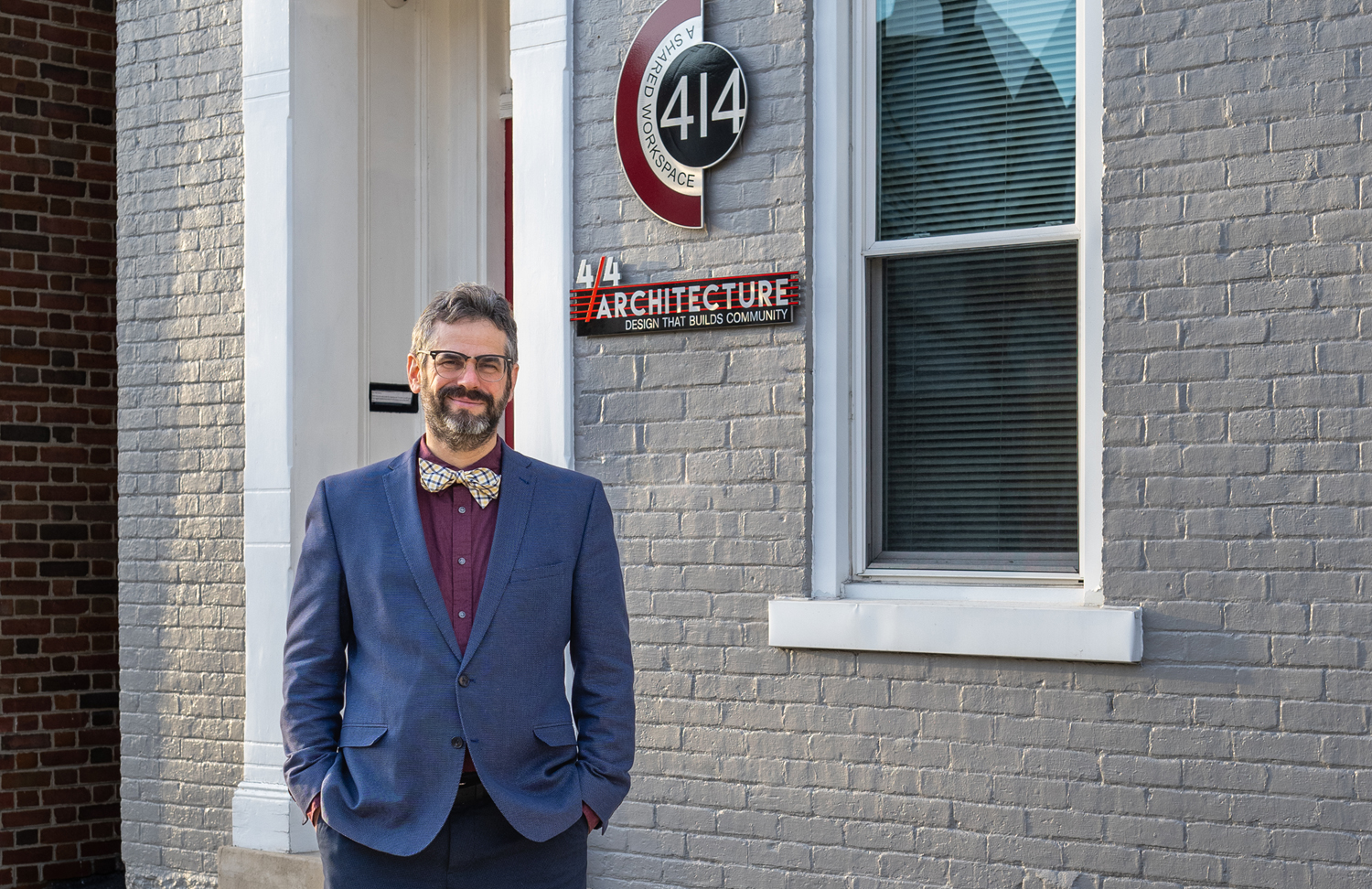When You Open a New Business, Don’t Let the Bumps Knock You Off the Road

Destiny Nail Salon | Clients: Dina and John Iley
Are you getting ready to open a new business? In early 2020, so were Dina and John Iley. For Destiny Nail Salon, Dina had the pedicure chairs all picked out even before she and husband John found a space to open such a new business. She knew the decor, the functional requirements, had chosen the color scheme. She and John, who gets up early for his job each day, felt it would be good for their family and give them flexibility. They had the finances managed down to a T. A family member recommended Gary to Dina and John when they needed an architect. Despite the best made plans, though, the couple still had a few bumps in the road ahead of them because of world events that spring. It’s important not to let those bumps knock you off the road to opening your own business.
What the couple had not anticipated was the local building code requires a special level of ventilation for nail salons. This was news because Dina had worked in many salons and none had special ventilation. They initially wanted to skip it but we connected them with our mechanical engineer to get the job done right, from the start. Anything else means delays, do-overs, and dollars.
As the April 2020 grand opening neared for the new business, so did something else: Coronavirus. The month slated for Destiny Nail Salon to open would go down in history for the pandemic that shut down the economy. The shutdown impacted salons more than most businesses. Most of the population went around for months in need of haircuts and nail care.
By early June, the state of Pennsylvania loosened restrictions, but Dina and John still couldn’t plan their Grand Opening — they didn’t know when the governor would allow salons to open. After that finally happened, on Friday, June 26, John and Dina opened the doors of Destiny Nail Salon at 348 Main Street in Emmaus, phone number 267.977.2429. That morning, they welcomed their first customers.
We visited the following Sunday during the Emmaus Farmer’s Market. The shop faces the Triangle and the sidewalks were full, with people stopping in to find out more. “I didn’t even know there was a nail salon here,” one woman said as she picked up the brochure.
“There wasn’t, until this past Friday!” came the answer. Looking back, what seemed to take forever, generating more than a few sleeplesss nights, now seems to have gone quickly. The results are better than the couple envisioned. But Dina and John knew from the start that it would be — after all, it was Destiny.
If you need design help or construction drawings to turn your dreams into reality, contact us at gary@44architecture.com.

